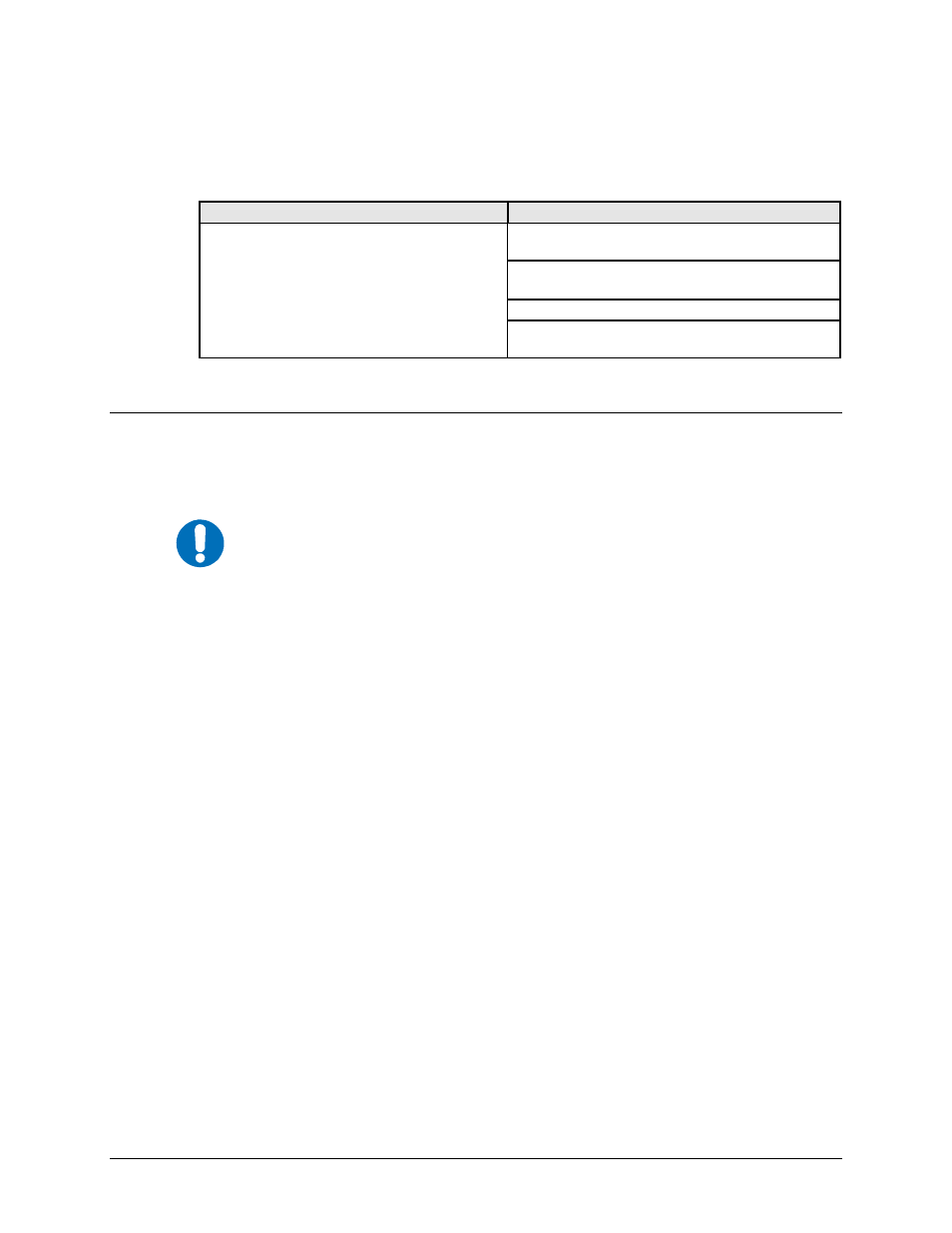4 reed-solomon outer codec – Comtech EF Data CDM-600/600L User Manual
Page 123

CDM-600/600L Open Network Satellite Modem
Revision 3
Forward Error Correction Options
MN/CDM600L.IOM
6–3
data rates above ~1 Mbps, Viterbi should be considered the better alternative. The practical upper
limit at this time is 2.048 Mbps.
Table 6-2. Sequential Decoding Summary
FOR
AGAINST
Higher coding gain (1-2 dB) at lower data rates,
compared to Viterbi.
Pronounced threshold effect – does not fail
gracefully in poor E
b
/N
o
conditions.
Higher processing delay than Viterbi
(~4 k bits) – not good for low-rate coded voice.
Upper data rate limit approximately 2Mbps
Coding gain varies with data rate – favors lower
data rates.
6.4
Reed-Solomon Outer Codec
IMPORTANT
It cannot be emphasized strongly enough that the purpose of the
concatenated Reed-Solomon is to dramatically improve the BER
performance of a link under given noise conditions. It should NOT be
considered as a method to reduce the link EIRP requirement to
produce a given BER. Factors such as rain-fade margin, particularly at
Ku-band, are extremely important, and reducing link EIRP can
seriously degrade the availability of such a link.
The concatenation of an outer Reed-Solomon (Reed-Solomon) Codec with Viterbi decoder first
became popular when it was introduced by Intelsat in the early 1990's. It permits significant
improvements in error performance without significant bandwidth expansion. The coding
overhead added by the Reed-Solomon outer Codec is typically around 10%, which translates to a
0.4 dB power penalty for a given link. Reed-Solomon codes are block codes (as opposed to
Viterbi and Sequential, which are convolutional), and in order to be processed correctly the data
must be framed and de-framed.
Additionally, Reed-Solomon codes are limited in how well they can correct errors that occur in
bursts. This, unfortunately, is the nature of the uncorrected errors from both Viterbi and
Sequential decoders, which produce clusters of errors that are multiples of half the constraint
length. (This is particularly severe in the case of Sequential, where the constraint lengths are
considerably longer than Viterbi.) For this reason, the data must be interleaved following Reed-
Solomon encoding, and is then de-interleaved prior to decoding. This ensures that a single burst
of errors leaving the Viterbi or Sequential decoder is spread out over a number of interleaving
frames, so errors entering the Reed-Solomon decoder do not exceed its capacity to correct those
errors. In the case of the CDM-600/600L, different Reed-Solomon code rates are used, according
to the mode of operation:
Closed Network Modes: A 220,200 code is used in transparent closed network modes, and a
200,180 code is used in framed (EDMAC) modes. (220,200 means that data is put into blocks of
220 bytes, of which 200 bytes are data, and 20 bytes are FEC overhead.) These two codes were
chosen because they fit well into Comtech EF Data’s clock generation scheme, and they have
